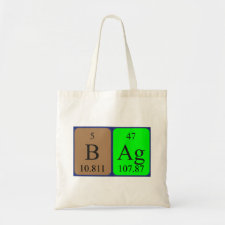
Authors: Warriner K, Lai E, Namvar A, Hawkins DM, Reddy SM
Publication date: 2008
Chapter title: Molecular Imprinted Polymers for Biorecognition of Bioagents.
Chapter number: 29
Page numbers: 785-814.
DOI: 10.1007/978-0-387-75113-9_29
Book title: Principles of Bacterial Detection: Biosensors, Recognition Receptors and Microsystems
Editors: Zourob M, Elwary S, Turner A
Publisher: Springer
City: New York
Abstract: There is a trend in biohazard diagnostics to develop integrated systems to extract, concentration and detection from sample matrices. Although biological recognition agents, such as antibodies, can be applied for concentration and detection, there are several limitations. Specifically, biological recognition agents are hard to produce in large quantities, expensive and inherently unstable. Due to such limitations there has been a sustained interest in developing artificial or plastic antibodies that can be readily mass produced, highly stable and cheap. One of the most promising approaches to date has been in the area of Molecular Imprinted Polymers (MIPÆs). In basic theory behind MIPÆs is to form a polymer matrix around a template (analyte or structural surrogate) which is subsequently removed to leave voids with high affinity for the target analyte. To date, the majority of MIP research has focused on concentrating or detecting low molecular weight analytes in analytical chemistry. However, there has been interest in applying MIPÆs to separate, concentrate or detect bioagents such as microbial metabolites, toxins, enzymes and even microbial cells. In the following chapter an overview on the principles of MIP will be outlined. The application of MIPÆs as solid phase extraction matrices for separating and concentrating biological agents will be reviewed and recent advances described. The utility of MIPÆs as biorecognition elements in biosensor devices will be covered. Finally, future directions in MIP research will be discussed and the main technological barriers to overcome identified
Template and target information: Review - MIPs in bioagent detection



Join the Society for Molecular Imprinting

New items RSS feed
Sign-up for e-mail updates:
Choose between receiving an occasional newsletter or more frequent e-mail alerts.
Click here to go to the sign-up page.
Is your name elemental or peptidic? Enter your name and find out by clicking either of the buttons below!
Other products you may like:
 MIPdatabase
MIPdatabase









